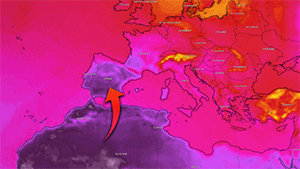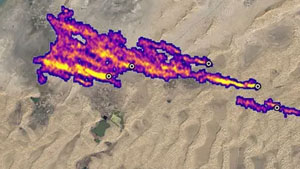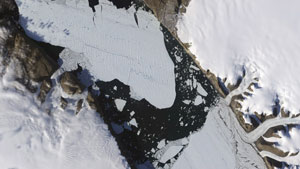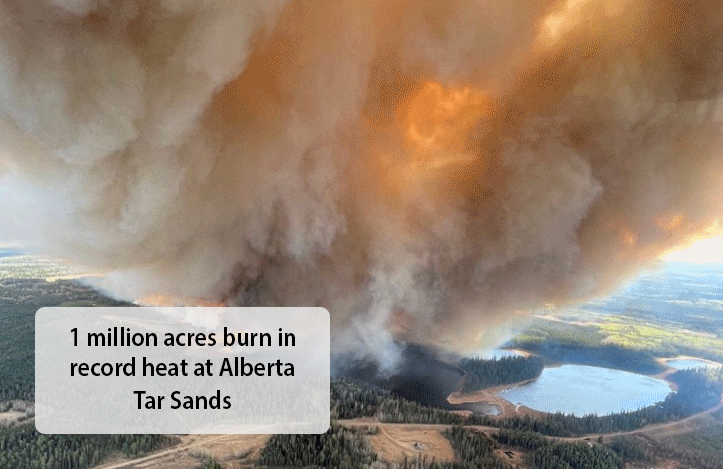State of Emergency as record heat waves and fires sweep Tar Sands area.
A 92°F temperature reading does not immediately leap off the page (compared to for example, the 104°F temperatures baking Western Europe) until you look at its location 550 miles north of the US border; then ponder the fact that it’s only mid-May. Record heat and tinderbox conditions are continuing this week in Alberta’s oil patch, otherwise known as the Tar Sands. 30,000 citizens have been evacuated in a weather pattern scenario similar to the lethal 2019 runaway fires in Australia. Dozens of heat records have been broken in the past week.
Ironically, in 2016 Fort McMurray was ravaged by a firestorm known as the Beast, a now forgotten mega disaster from which the city has not fully recovered. That evacuation involved 80,000 people.
The role this horror-show extraction site plays in creating these conditions is almost literary in its irony. The local environmental devastation wreaked by the Tar Sands is well documented, including poisoning of fresh water supplies, destruction of wetlands and irresponsible disposal of mining waste. The Athabasca River Basin and its inhabitants will never recover.
On a larger scale, this massive strip mining operation is the source of the dirty crude bitumen that has caused permanent damage in large scale pipeline spills, including 1 million gallons spewed into the Kalamazoo River in 2010 from the Enbridge pipeline.
Remember that? Didn’t think so.
The current fire and heat disaster around Ft. McMurray has cut as much as 5% of Canada’s oil production, which is a dirty shame.
Literally, a dirty shame.

Spain hits 104°F as water supplies evaporate
The summer climate disaster season has already begin in Western Europe, as temperatures set new records across the region n and extreme drought continues.
Catalonia’s 7.7 million residents in the northeast of Spain have already endured 32 months of drought, with reservoirs now running dry. Without serious rainfall, the area will enter a drought emergency in the Fall.
Temperatures also skyrocketed across parts of Portugal, Morocco and Algeria in the last week of April.

Turkmenistan methane emissions described as mind boggling
Satellite images show stunning methane leaks from Turkmenistan’s two main fossil fuel fields. The data produced by Kayrros for the Guardian leaked 2.6m tonnes of methane in 2022, with the eastern field emitting 1.8m tonnes. The CH4 leaks are estimated to be equivalent to 366m tonnes of CO2, more than the UK’s annual emissions. Methane is anywhere from 25 to 30 times more powerful as a greenhouse gas than CO2.

Sudden ocean warming seems to accelerate glacier collapse in Greenland
Northwest Greenland’s Peterman glacier is melting far more rapidly than previously thought, which will increase the rate of sea level rise, which will increase the rate of glacier melt. The new study was published in Proceedings of the National Academy of Sciences by researchers at NASA and the University of California Irvine. As ocean tides become rapidly warmer, the ice shelves that hold back land ice melt faster.
